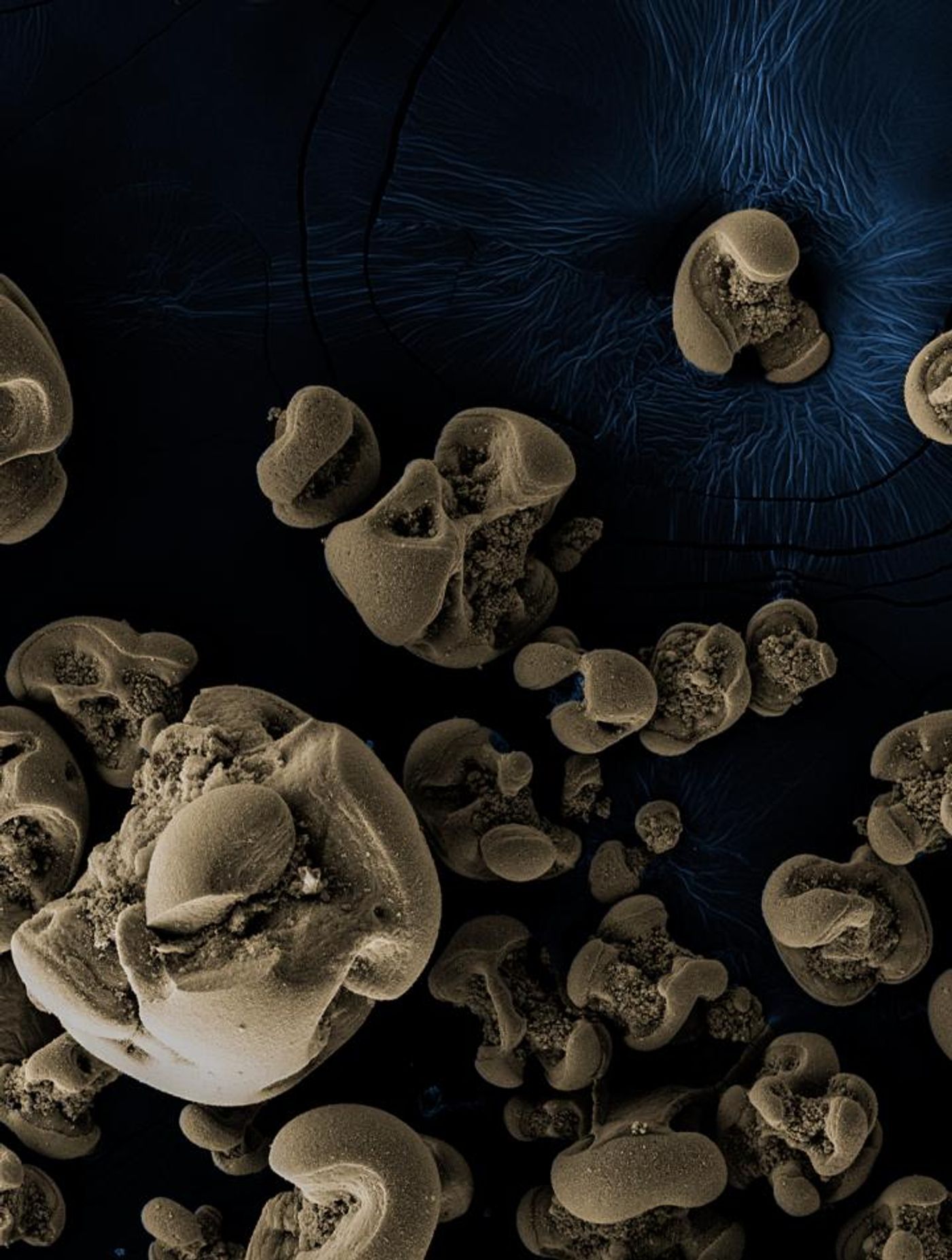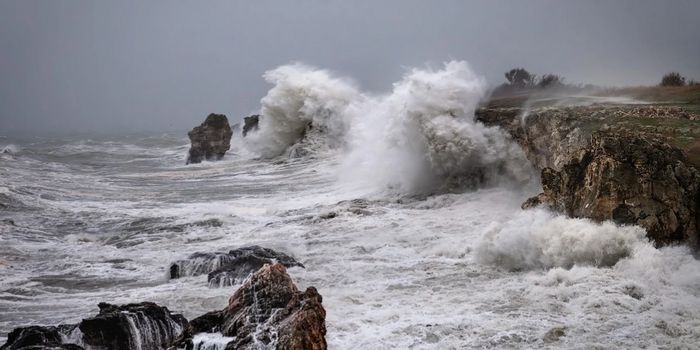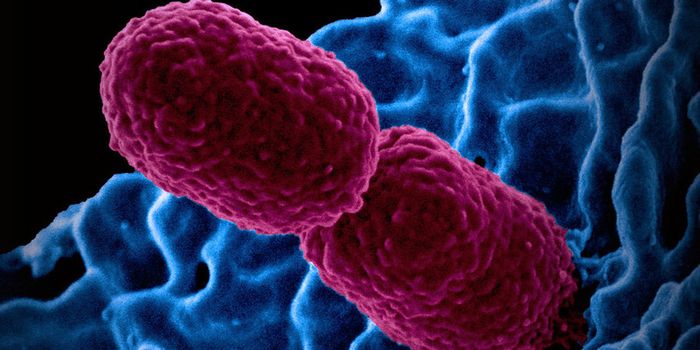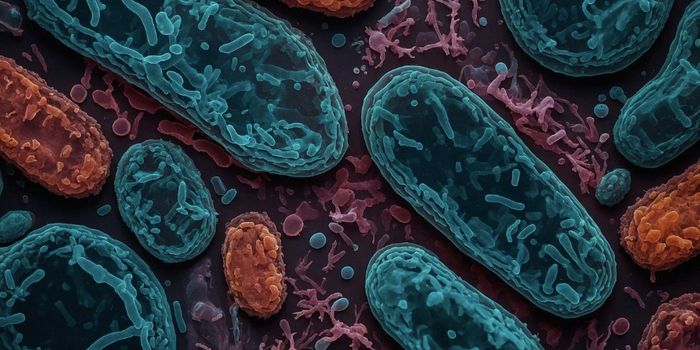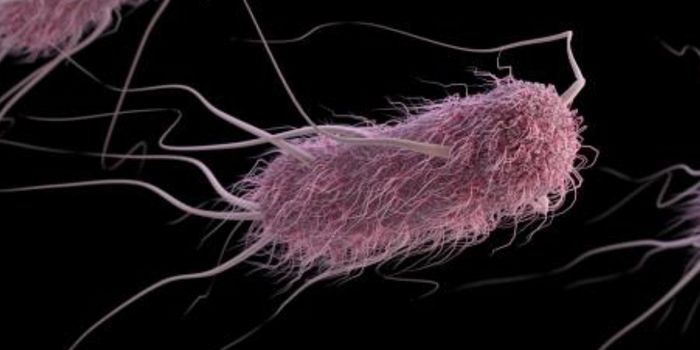Metal-Eating Microbes Are Discovered
Researchers at Caltech have serendipitously found microbes that consume manganese for energy. Manganese is one of Earth's most abundant metals, and apparently some microbes can use it in a reaction called chemosynthesis, which makes biomass from carbon dioxide. The findings, which revealed a microbe now called ‘Candidatus Manganitrophus noduliformans,’ have been reported in Nature.
"These are the first bacteria found to use manganese as their source of fuel," said Caltech professor of environmental microbiology Jared Leadbetter. "A wonderful aspect of microbes in nature is that they can metabolize seemingly unlikely materials, like metals, yielding energy useful to the cell."
Leadbetter was utilizing a chalk-like form of manganese in unrelated work, and left tap water in a beaker he's been using in his experiments when he departed the Caltech campus for several months. Upon returning, he saw that the beaker was lined with a dark material, and wanted to know more about what it was.
"I thought, 'What is that?' I started to wonder if long-sought-after microbes might be responsible, so we systematically performed tests to figure that out," he said.
Leadbetter and postdoctoral researcher Hang Yu determined that microbes that probably came from the tap water had generated the black stuff, which was oxidized manganese. "There is evidence that relatives of these creatures reside in groundwater, and a portion of Pasadena's drinking water is pumped from local aquifers," he explained.
Manganese oxides can be found throughout nature. They're dark clumps that are often present in water distribution systems and subsurface deposits.
"There is a whole set of environmental engineering literature on drinking-water-distribution systems getting clogged by manganese oxides," said Leadbetter. "But how and for what reason such material is generated there has remained an enigma. Clearly, many scientists have considered that bacteria using manganese for energy might be responsible, but evidence supporting this idea was not available until now."
Bacteria are able to break down pollutants that contaminate groundwater in a process called bioremediation. The microbes donate electrons, or reduce manganese oxide. Now scientists can understand where it's coming from.
"The bacteria we have discovered can produce it, thus they enjoy a lifestyle that also serves to supply the other microbes with what they need to perform reactions that we consider to be beneficial and desirable," said Leadbetter.
Manganese nodules can also be found all over the seafloor, and this research may help explain their presence. They can be as big as a grapefruit and were seen as long ago as the 1870s. Rare minerals can often be found in these nodules, and mining companies have taken an interest in harvesting them.
Now Yu and Leadbetter want to know if microbes that are present in the ocean may be performing a role that's similar to what's seen in freshwater.
"This underscores the need to better understand marine manganese nodules before they are decimated by mining," said Yu.
Sources: AAAS/Eurekalert! via California Institute of Technology, Nature
